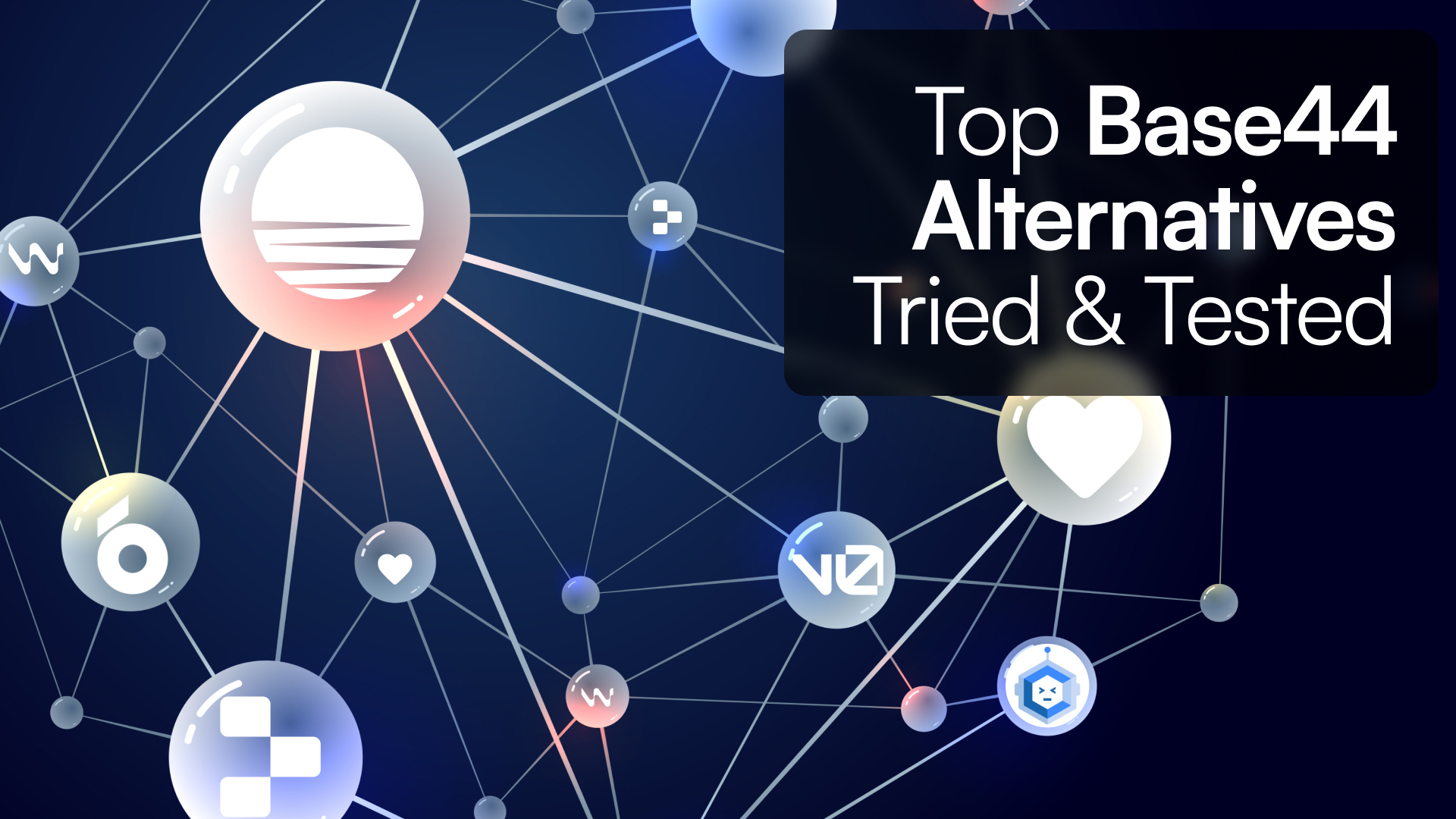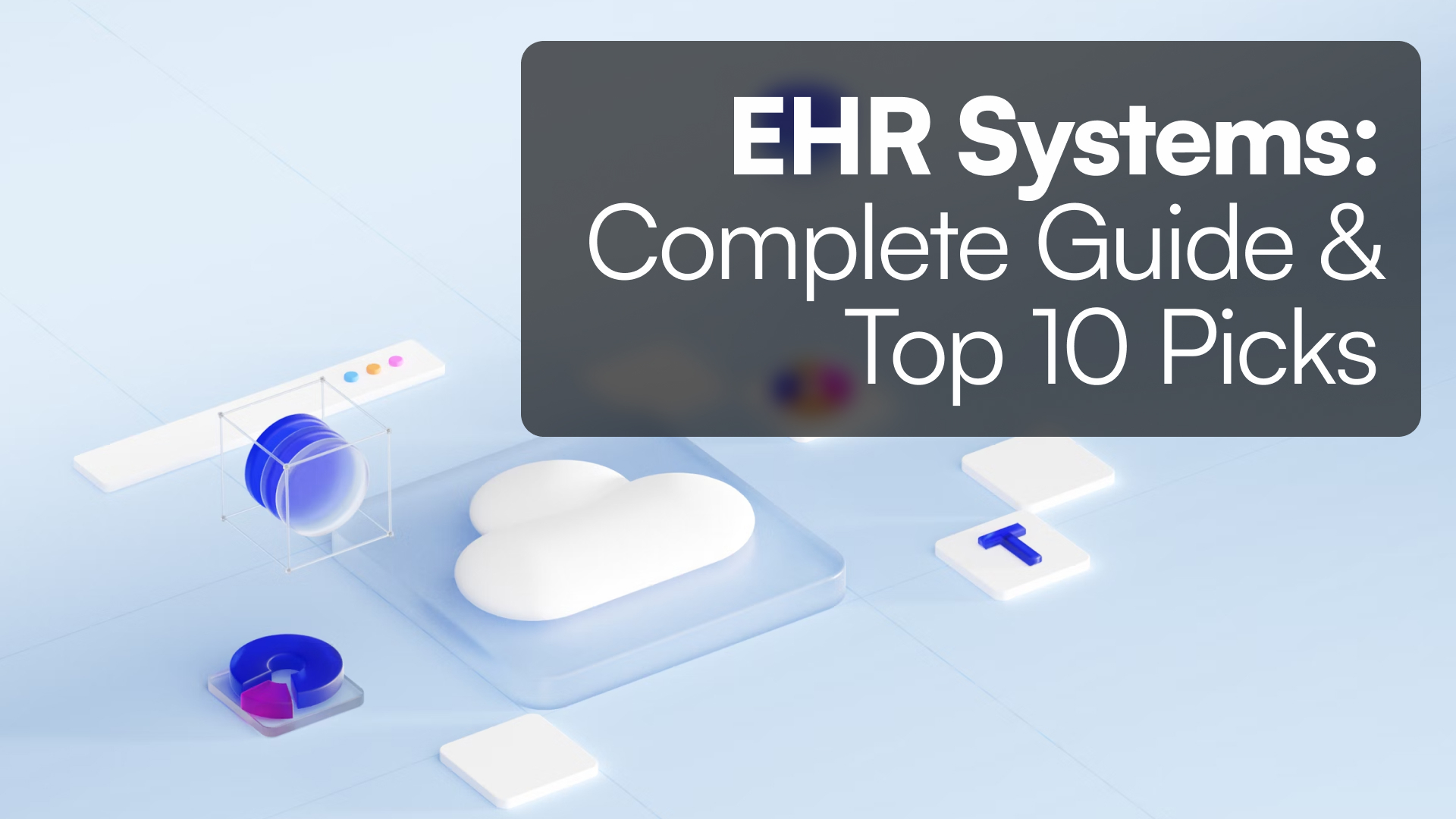Introduction
Zapier has long been the go-to tool for automating workflows between apps, helping teams connect tools without writing code. But in 2025, users are facing real friction: pricing grows steep with scale, complex workflows hit limits fast, and the "no-code" promise can feel thin for anything beyond simple use cases. If you're searching for alternatives, you're not alone.
From fast-growing startups to enterprise teams, users want more flexibility, deeper control, and automation that can actually grow with their business. Whether you're automating internal processes, syncing data across platforms, or replacing brittle spreadsheets with robust workflows—this guide is for you.
Let’s break down the 10 best Zapier alternatives in 2025, starting with a smarter, more scalable option: Tadabase.
What is Zapier?
Zapier is an online automation platform that connects your favorite apps and services, letting you build "Zaps" (trigger + action sequences) to automate repetitive tasks. Popular for its ease of use and huge library of integrations (5,000+ apps), it’s been adopted widely by marketers, operations teams, and small businesses.
However, Zapier comes with constraints:
-
Linear logic only: No built-in support for complex branching or looping.
-
Expensive at scale: Pricing is tied to task counts, which can spike fast.
-
Limited context: You manage automations separate from your data, users, and apps.
In 2025, users are increasingly demanding tools that offer deeper control, tighter integration, and less fragmentation.
Why Users Look for Zapier Alternatives
From speaking with customers, working alongside partners, and watching how teams evolve their automation strategies, we've seen clear patterns behind the shift away from Zapier:
-
Lower time-to-value: Users want automation platforms that deliver value quickly and feel intuitive without onboarding bloat.
-
Cost predictability: Frustration is growing around Zapier’s per-task billing, which escalates unpredictably as usage grows.
-
Visual logic clarity: Tools like Make and n8n are appreciated because they let users see the full picture—step-by-step, node-by-node.
-
Integrated environments: Many users are tired of juggling multiple platforms for data, UI, and logic. They want a unified system.
This aligns closely with Tadabase’s design: an all-in-one platform where apps, automations, and data logic coexist. No glue code. No syncing delays. Just a clean interface to build, automate, and scale—on your terms.
Top 10 Zapier Alternatives & Competitors in 2025
1.  Tadabase
Tadabase
Best for: Teams that want to build apps, automate logic, and control data—all in one place.
Tadabase is more than an automation platform. It’s a visual app builder, logic engine, and integration hub rolled into one. You don’t just connect tools—you build the tools you need.
Key Features:
-
Visual workflows via Tadabase Pipes
-
Built-in database and UI builder
-
Databridge to sync internal data with outside systems
-
Conditional logic, loops, and branching flows
-
Full app creation + automation in a unified interface
Tadabase solves what frustrates users about Zapier: disjointed logic, external data handling, and scaling costs. With native automation layered into your data model, you get unmatched control and visibility.
Explore more:
2.  Make (formerly Integromat)
Make (formerly Integromat)
Best for: Power users who want flexible, visual logic with lots of customization.
Make allows for multi-step workflows, branching logic, and real-time error tracking. The visual editor is powerful, but it has a steep learning curve. For advanced users, it unlocks control Zapier lacks.
Pros:
-
Full visual workflow builder
-
Supports routers, iterations, and delays
Cons:
-
Overwhelming for beginners
-
Performance can lag with heavy flows
3.  n8n
n8n
Best for: Developers and technical teams looking for open-source control.
n8n ("nodemation") is a workflow automation tool you can self-host. It supports JavaScript functions, branching, and API integrations. Great for those who want control without vendor lock-in.
Pros:
-
Open-source and extensible
-
Code-friendly, ideal for hybrid dev/no-code teams
Cons:
-
Requires server setup and maintenance
-
Learning curve for non-technical users
4.  Pabbly Connect
Pabbly Connect
Best for: Budget-conscious teams needing basic automations.
Pabbly Connect offers a simplified interface and generous pricing tiers. It’s ideal for small teams that want Zapier-style workflows at a lower price.
Pros:
-
Affordable pricing
-
Wide range of pre-built integrations
Cons:
-
Basic UI/UX
-
Lacks depth for complex workflows
5.  Workato
Workato
Best for: Enterprises needing robust integration and governance.
Workato is a powerful enterprise-grade platform with advanced governance, security, and scalability features. It’s designed for teams who manage high-volume workflows across departments.
Pros:
-
Enterprise security & governance
-
Sophisticated workflow design
Cons:
-
High cost
-
Complex setup
6.  Activepieces
Activepieces
Best for: Teams seeking open-source simplicity without the complexity of n8n.
Activepieces is a no-code, self-hostable Zapier alternative. It blends visual logic with optional code blocks and supports custom triggers and actions.
Pros:
-
Beginner-friendly open-source tool
-
Clean visual UI
Cons:
-
Limited integrations (still growing)
-
Requires hosting
7.  Tray.ai
Tray.ai
Best for: Product and growth teams at scaling SaaS companies.
Tray.io is a low-code automation platform with rich integration support. It appeals to product teams needing more control over internal workflows.
Pros:
-
Scalable architecture
-
Developer-friendly tooling
Cons:
-
Expensive
-
Steep learning curve
8.  Automate.io (Recently acquired by Notion)
Automate.io (Recently acquired by Notion)
Best for: Simple, elegant automations between popular SaaS tools.
While now part of Notion, Automate.io previously offered a great UI for simple tasks. Its future is unclear, but it’s still mentioned in automation conversations.
Pros:
-
Easy to use
-
Clean UX
Cons:
-
Likely deprecated or frozen
-
Limited to basic use cases
9.  Appy Pie Connect
Appy Pie Connect
Best for: Beginners who want plug-and-play workflows.
Appy Pie Connect offers pre-configured workflows and a no-fuss UI. Good for users who need quick results without deep customization.
Pros:
-
Simple for non-tech users
-
Affordable
Cons:
-
Shallow logic options
-
Limited branching or conditionals
10.  Integrately
Integrately
Best for: One-click automations with a huge library of templates.
Integrately tries to simplify automation by offering thousands of pre-built workflows. If you want fast results and don’t need heavy customization, it’s a good pick.
Pros:
-
Instant workflow templates
-
Friendly interface
Cons:
-
Less control over logic
-
Template-centric approach can feel restrictive
Conclusion
Choosing the right Zapier alternative means knowing what you're optimizing for:
-
Want full control and visual logic? Try Make or n8n.
-
Need open-source or self-hosted? Explore Activepieces or Budibase.
-
Looking for simplicity and savings? Consider Pabbly or Integrately.
-
But if you're ready to build workflows into full apps, scale securely, and automate with real context, Tadabase is your best bet.
With built-in automation, integrations, data modeling, and user access controls, Tadabase does what others try to patch together. It's the Zapier alternative designed not just to automate—but to empower your entire business system.
Ready to see what that looks like?
Frequently Asked Questions
What is the best free alternative to Zapier?
Activepieces and n8n are top free options (self-hosted). Tadabase offers a full-featured free trial and more robust value per dollar at scale.
What is better than Zapier?
It depends. For simple needs, Zapier is fine. But for complex logic, UI integration, and true scalability, platforms like Tadabase, Make, and Workato go much further.
Can Tadabase replace Zapier?
Yes—and more. Tadabase not only connects apps but lets you build the apps and logic yourself.
Is Zapier worth the cost?
It can be, for small teams and simple tasks. But if your automation needs grow, the task-based pricing model becomes hard to justify.
What is the easiest Zapier alternative?
Appy Pie Connect and Integrately are great for quick, no-code workflows. Tadabase balances ease with depth for long-term growth.







